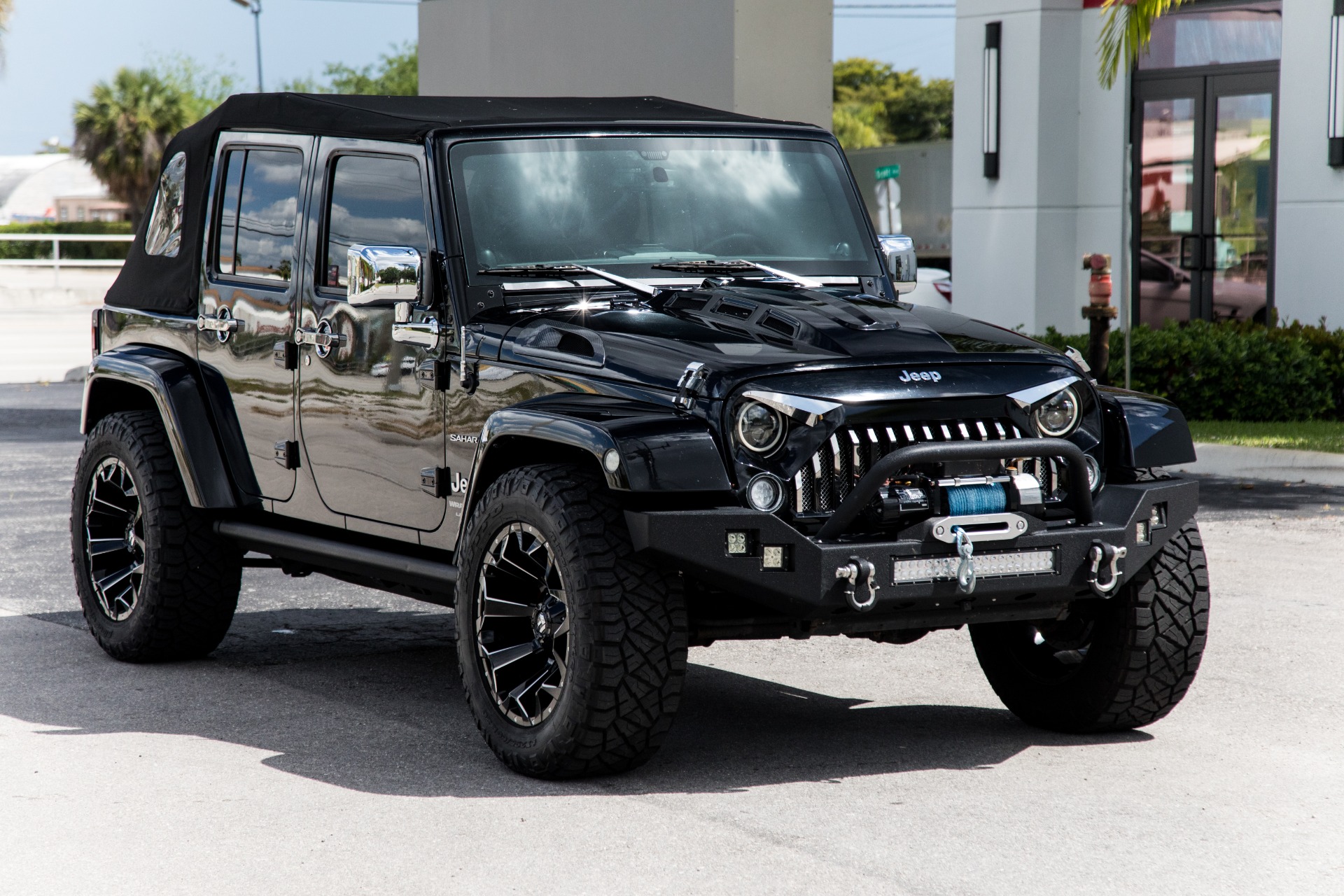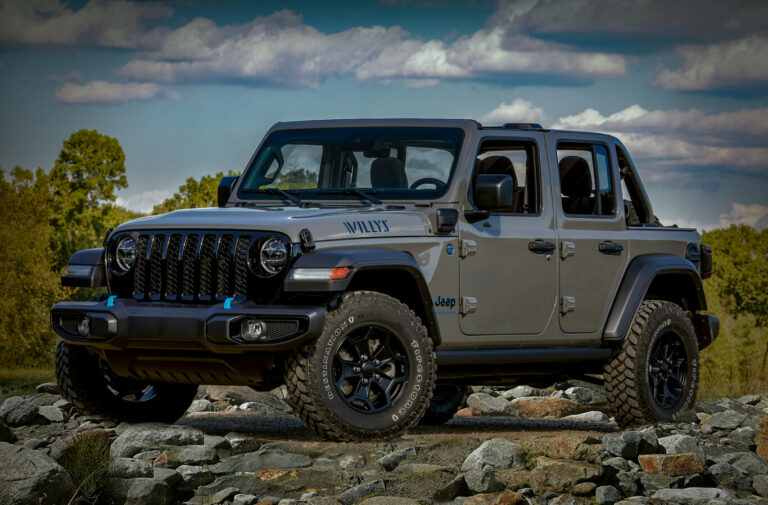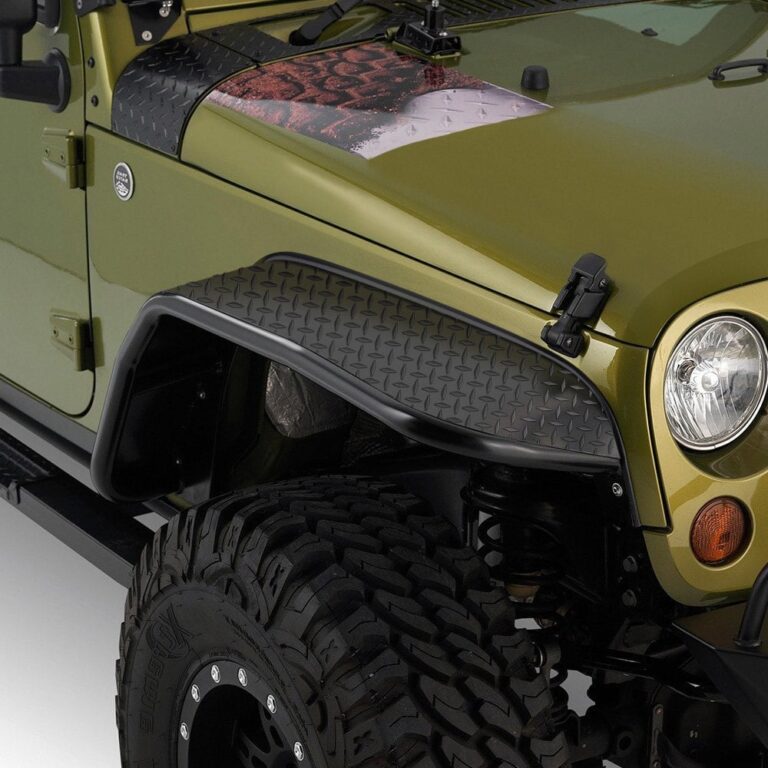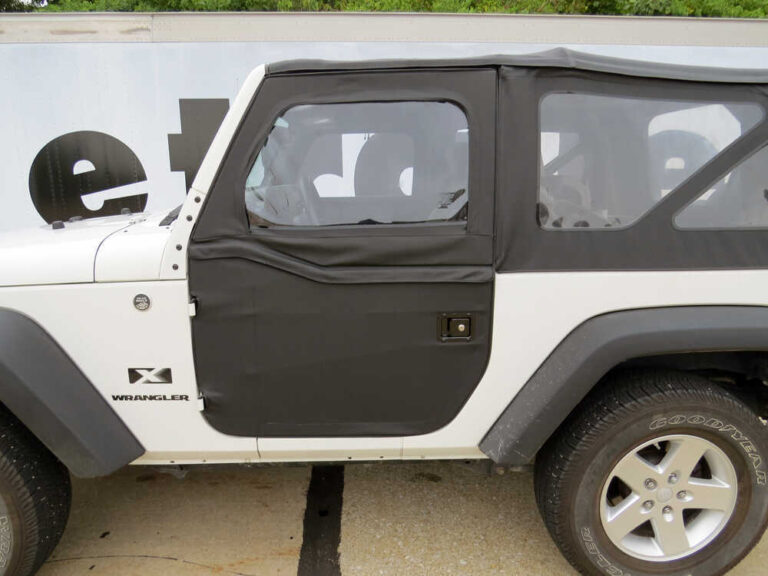Wrangler Jeep Models: A Comprehensive Guide to the Iconic Off-Roader
Wrangler Jeep Models: A Comprehensive Guide to the Iconic Off-Roader jeeps.truckstrend.com
Introduction: The Unyielding Spirit of the Jeep Wrangler
Few vehicles command as much recognition and admiration as the Jeep Wrangler. More than just a mode of transport, the Wrangler is an icon, a symbol of freedom, adventure, and unparalleled off-road capability. It represents a direct lineage to the legendary military Jeeps of World War II, embodying a rugged simplicity combined with an adventurous spirit that has captivated generations.
Wrangler Jeep Models: A Comprehensive Guide to the Iconic Off-Roader
The term "Wrangler Jeep Models" refers to the distinct generations and diverse configurations of this legendary vehicle, each built upon a foundational promise: to conquer any terrain with unwavering confidence. From its removable doors and roof to its robust 4×4 systems, every aspect of the Wrangler is engineered for exploration beyond the paved path. This article will delve into the various models of the Jeep Wrangler, exploring their evolution, unique characteristics, and what makes each a vital part of its storied legacy. Whether you’re a seasoned off-roader, a prospective owner, or simply curious about this automotive legend, understanding the nuances of Wrangler models is key to appreciating its enduring appeal and choosing the perfect adventure companion.
A Legacy of Capability: The Evolution of the Wrangler
The Jeep Wrangler’s story is one of continuous evolution, refining its core strengths while adapting to modern demands. Its roots trace back to the original Willys MB, a vehicle synonymous with rugged utility and go-anywhere capability during wartime. While the CJ (Civilian Jeep) series carried this torch for decades, the "Wrangler" nameplate officially debuted in 1987, marking a new chapter for Jeep’s civilian off-roader.
Each generation of the Wrangler has built upon its predecessor, enhancing comfort, technology, and on-road manners without compromising its legendary off-road prowess. This evolution has allowed the Wrangler to remain relevant and desirable in an ever-changing automotive landscape, proving that true capability never goes out of style.
Core Characteristics of All Wrangler Models
Despite their generational differences, all Wrangler models share fundamental characteristics that define their identity and appeal:
- Unmatched Off-Road Prowess: This is the Wrangler’s raison d’être. Solid axles, robust 4×4 systems (Command-Trac and Rock-Trac), impressive ground clearance, and excellent approach/departure angles are standard across the lineup, enabling it to tackle challenging trails with ease.
- Open-Air Freedom: The removable doors and various top options (soft tops, hardtops, power tops) offer an unparalleled connection to the environment, making every drive an immersive experience.
- Rugged, Iconic Design: The unmistakable seven-slot grille, round headlights, trapezoidal wheel arches, and external hinges are design hallmarks that have stood the test of time, instantly recognizable anywhere in the world.
- Customization Potential: The Wrangler is a blank canvas for personalization. An enormous aftermarket industry offers endless options for lifts, tires, armor, lighting, and performance upgrades, allowing owners to tailor their vehicle to their specific needs and aesthetic preferences.
- Durability and Simplicity: While modern Wranglers incorporate advanced technology, their underlying architecture remains robust and relatively straightforward, designed for resilience in harsh conditions.
![]()
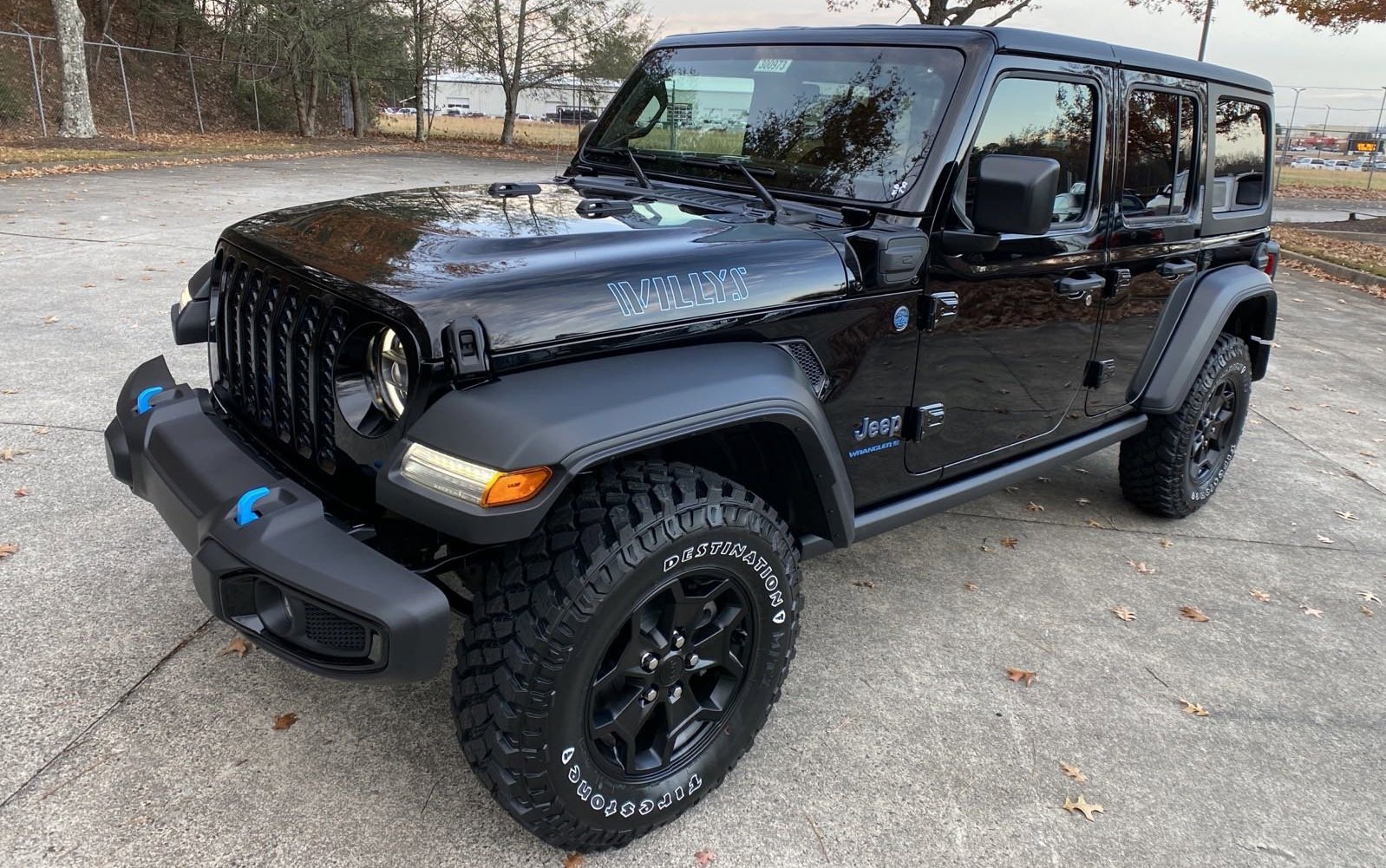
Key Generations and Their Distinctions
Understanding the different generations is crucial when discussing Wrangler Jeep Models, as each brought significant advancements and unique characteristics:
Jeep Wrangler YJ (1987-1995)
The first vehicle to officially bear the "Wrangler" name, the YJ replaced the CJ series. Its most distinctive feature, and a point of contention for purists, was its rectangular headlights, a departure from the traditional round ones. It introduced a wider stance and a more comfortable ride than the CJ, thanks to wider leaf springs, but maintained the classic utilitarian feel.
Jeep Wrangler TJ (1997-2006)

The TJ marked a significant leap forward, most notably by reintroducing round headlights and adopting a modern coil spring suspension system (front and rear). This dramatically improved on-road ride comfort and off-road articulation, making it a favorite among enthusiasts. The TJ also saw the introduction of the legendary Rubicon trim in 2003, equipped with heavy-duty Dana 44 axles, front and rear locking differentials, and a 4:1 low-range transfer case, setting a new benchmark for factory off-road capability.
Jeep Wrangler JK (2007-2018)
The JK generation was a game-changer, introducing the four-door "Unlimited" model for the first time. This significantly broadened the Wrangler’s appeal, making it a more practical family vehicle and leading to a massive surge in sales. The JK was larger, more refined, and offered more interior space. Initially powered by a 3.8L V6, it received a significant upgrade in 2012 with the more powerful and fuel-efficient 3.6L Pentastar V6, which remains a staple.
Jeep Wrangler JL (2018-Present)
The current JL generation represents the most modern iteration of the Wrangler. While maintaining its iconic looks, the JL introduced a host of technological advancements, improved on-road dynamics, and more engine options. Key features include:
- Improved Fuel Efficiency: With available engines like the 2.0L turbocharged inline-four (eTorque mild-hybrid) and the 3.0L EcoDiesel V6 (discontinued for 2023 but available used).
- Advanced Infotainment: Larger Uconnect touchscreens with Apple CarPlay and Android Auto.
- Enhanced Safety Features: Available blind-spot monitoring, rear cross-traffic alert, and adaptive cruise control.
- One-Touch Power Top: A convenient power-retractable soft top option.
- Wrangler 4xe: A groundbreaking plug-in hybrid model offering impressive torque, silent electric off-roading, and improved fuel economy.
- Wrangler 392: The most powerful factory Wrangler ever, boasting a 6.4L HEMI V8 for blistering acceleration and unmatched performance.
Understanding Wrangler Trims and Special Editions
Beyond the generational changes, Wrangler models are further differentiated by their trim levels, each catering to specific needs and preferences:
- Sport / Sport S: The entry-level trims, offering the core Wrangler experience with essential features and maximum customization potential. Still highly capable off-road.
- Sahara: A more premium trim, focusing on creature comforts, refined interior materials, body-color fender flares, and enhanced technology. Ideal for those who want a blend of capability and everyday usability.
- Rubicon: The undisputed king of off-road performance. Equipped with heavy-duty Dana 44 wide axles, electronic locking differentials (front and rear), an electronic front sway bar disconnect, and a lower 4.10 axle ratio (or 4.56 with manual), it’s ready for the toughest trails right from the factory.
- Willys: A heritage-inspired trim that combines the classic look with enhanced off-road features like a limited-slip differential, Mopar rock rails, and Rubicon shocks.
- High Altitude: A luxurious trim offering premium leather interiors, body-color hardtop, and advanced safety features, bridging the gap between rugged capability and upscale comfort.
- 4xe (Plug-in Hybrid): Available across various trims (Sahara 4xe, Rubicon 4xe, High Altitude 4xe), offering the unique plug-in hybrid powertrain.
- 392: A dedicated performance trim, exclusively featuring the 6.4L V8 engine, beefed-up chassis components, and unique styling cues.
Numerous other special editions have been released over the years (e.g., Moab, Islander, Freedom, Recon), often combining specific appearance packages with select off-road or convenience features.
Choosing the Right Wrangler Model for You
Selecting the ideal Wrangler model depends on your primary use, budget, and desired features:
- Define Your Purpose:
- Serious Off-Roader: A Rubicon (TJ, JK, or JL) is your best bet for factory-ready performance. For extreme builds, a Sport might be a better starting point for modification.
- Daily Driver with Weekend Adventures: A Sahara or a well-equipped Sport S (especially a JL Unlimited) offers a good balance of comfort and capability. Consider the 4xe for fuel efficiency.
- Urban Explorer/Style Statement: Any trim can work, but the Sahara or High Altitude trims offer a more refined aesthetic and more creature comforts.
- 2-Door vs. 4-Door (Unlimited):
- 2-Door: Shorter wheelbase, better break-over angle, more agile on tight trails. Less passenger/cargo space.
- 4-Door (Unlimited): Longer wheelbase, more stable at speed, significantly more passenger and cargo room. Better for families or longer trips.
- Engine Preference:
- 3.6L Pentastar V6: Reliable, proven, good all-rounder.
- 2.0L Turbo I4: More torque lower down, slightly better fuel economy.
- 3.0L EcoDiesel V6 (used): Excellent torque for crawling and towing, best highway fuel economy.
- 4xe (PHEV): Best fuel economy for short trips, instant electric torque, silent off-roading.
- 6.4L HEMI V8 (392): Raw power and performance, for those who prioritize speed.
- New vs. Used:
- New JL: Latest technology, warranty, wider range of options.
- Used JK/TJ: More affordable, robust, and popular for extensive modifications. Parts are abundant. Be aware of potential rust or previous modifications.
- Budget: Wrangler prices vary significantly by trim, options, and generation. Plan accordingly.
Owning a Wrangler: Tips and Considerations
Owning a Wrangler is a unique experience. Here are some practical tips:
- Maintenance: While robust, Wranglers still require regular maintenance. Pay attention to fluid changes, tire rotations (especially with larger tires), and inspect suspension components regularly, especially if you off-road.
- Customization: The aftermarket is vast. Research thoroughly before buying parts, and consider professional installation for critical components like lifts or axle upgrades.
- Off-Roading: Learn proper off-road techniques. Invest in recovery gear (winch, recovery straps, shackles). Never wheel alone. Understand your vehicle’s capabilities and limitations.
- Fuel Economy: Expect lower MPG compared to conventional SUVs, especially with larger tires and lifts. The 4xe and EcoDiesel offer better efficiency options.
- Security: With removable doors and tops, security requires extra attention. Consider locking storage solutions for valuables.
- Weather Sealing: Older Wranglers and soft tops can be prone to minor leaks. Modern JLs are much improved, but it’s still a vehicle designed for open-air driving.
Potential Challenges and Solutions
- Wind Noise/Road Noise: More pronounced than in typical SUVs, especially with soft tops or aggressive tires.
- Solution: Aftermarket sound deadening, choosing less aggressive tire treads for daily driving, accepting it as part of the Wrangler experience.
- Ride Quality: While improved with each generation, it’s still a body-on-frame, solid-axle vehicle. It can feel bouncy or firm.
- Solution: Quality aftermarket suspension systems can significantly improve ride comfort.
- Fuel Consumption: Can be high, especially for non-hybrid models with larger tires.
- Solution: Consider the 4xe or EcoDiesel. Adjust driving habits.
- Cost of Ownership: Insurance can be higher, and parts for extensive modifications add up.
- Solution: Research insurance costs beforehand. Plan your modifications budget carefully.
Price Table: Representative Wrangler JL Models (MSRP – Approximate)
Note: Prices are Manufacturer’s Suggested Retail Price (MSRP) for base models and can vary significantly based on trim, 2-door/4-door configuration, engine choice, optional packages, dealer markups, regional variations, and current incentives. Always consult an official Jeep dealer for the most accurate and up-to-date pricing.
| Model / Trim Level | Body Style | Engine Option | Approx. Starting MSRP (USD) | Key Features / Notes |
|---|---|---|---|---|
| Wrangler Sport | 2-Door | 3.6L V6 / 2.0L Turbo | $32,000 – $35,000 | Entry-level, basic features, manual soft top. Great for customization. |
| 4-Door | 3.6L V6 / 2.0L Turbo | $35,000 – $38,000 | Increased passenger/cargo space. | |
| Wrangler Sport S | 2-Door | 3.6L V6 / 2.0L Turbo | $35,000 – $38,000 | Adds power windows/locks, air conditioning, alloy wheels. |
| 4-Door | 3.6L V6 / 2.0L Turbo | $38,000 – $41,000 | More comfort features for daily driving. | |
| Wrangler Willys | 2-Door | 3.6L V6 / 2.0L Turbo | $38,000 – $41,000 | Heritage styling, limited-slip differential, rock rails, Rubicon shocks. |
| 4-Door | 3.6L V6 / 2.0L Turbo | $41,000 – $44,000 | Enhanced off-road capability with classic look. | |
| Wrangler Sahara | 4-Door | 3.6L V6 / 2.0L Turbo | $48,000 – $51,000 | Premium interior, body-color fender flares, advanced infotainment (typically standard on 4-door). |
| Wrangler Rubicon | 2-Door | 3.6L V6 / 2.0L Turbo | $45,000 – $48,000 | Ultimate off-roader: locking diffs, sway bar disconnect, heavy-duty axles. |
| 4-Door | 3.6L V6 / 2.0L Turbo | $49,000 – $52,000 | Rubicon capability with 4-door practicality. | |
| Wrangler High Altitude | 4-Door | 3.6L V6 / 2.0L Turbo | $55,000 – $58,000 | Luxury-focused: quilted leather, body-color hardtop, advanced safety features. |
| Wrangler Sahara 4xe | 4-Door | 2.0L Turbo PHEV | $58,000 – $61,000 | Plug-in hybrid, combines fuel efficiency with Wrangler capability. |
| Wrangler Rubicon 4xe | 4-Door | 2.0L Turbo PHEV | $62,000 – $65,000 | Rubicon off-road prowess with electric silent crawling. |
| Wrangler Rubicon 392 | 4-Door | 6.4L HEMI V8 | $88,000 – $92,000 | High-performance, V8 engine, lifted, unique styling. |
Frequently Asked Questions (FAQ) about Wrangler Jeep Models
Q1: What’s the main difference between a 2-door and a 4-door Wrangler?
A1: The 2-door Wrangler has a shorter wheelbase, making it more agile and better for tight off-road trails. The 4-door (Unlimited) has a longer wheelbase, providing more stability at higher speeds, significantly more rear passenger room, and increased cargo capacity, making it more practical for families or longer trips.
Q2: Is the Jeep Wrangler a good daily driver?
A2: Modern Wrangler JLs have significantly improved on-road manners compared to older generations, making them more comfortable for daily driving. However, they are still body-on-frame SUVs with solid axles, meaning they won’t ride like a car or crossover. Wind noise, especially with a soft top, can be noticeable.
Q3: What does the "Rubicon" trim mean?
A3: The Rubicon trim is the most off-road capable factory-built Wrangler. It includes heavy-duty Dana 44 axles, electronic front and rear locking differentials, an electronic front sway bar disconnect for increased wheel articulation, a lower transfer case gear ratio (4:1), and larger off-road tires.
Q4: Are all Wrangler models good for off-roading?
A4: Yes, all Wrangler models are inherently capable off-road due to their design (high ground clearance, short overhangs, 4×4 systems). However, the Rubicon trim offers the most advanced off-road features right from the factory. Even a base Sport model, with the right tires, can tackle many trails.
Q5: What is the Wrangler 4xe?
A5: The Wrangler 4xe is a plug-in hybrid electric vehicle (PHEV) model. It combines a 2.0L turbocharged engine with two electric motors and a battery pack, offering impressive torque, silent electric-only off-roading, and improved fuel efficiency, particularly for shorter trips where it can run on electric power alone.
Q6: Can I take the doors and roof off any Wrangler?
A6: Yes, all Wrangler models (YJ, TJ, JK, JL) are designed with removable doors and various removable top options (soft tops, hardtops). The JL generation also offers an optional "Sky One-Touch Power Top" which is a power-retractable fabric roof section.
Q7: What should I look for when buying a used Wrangler?
A7: Check for rust on the frame and undercarriage, especially in older models or those from rust-belt regions. Inspect for any signs of hard off-road use (scratches, dents, bent components). Inquire about maintenance history and any aftermarket modifications, as these can affect reliability and warranty.
Conclusion: The Enduring Appeal of the Wrangler
The Jeep Wrangler is more than just a collection of steel and rubber; it’s a testament to enduring design, uncompromised capability, and the spirit of adventure. From the rugged simplicity of the YJ to the technologically advanced JL 4xe, each generation of Wrangler Jeep models has refined the formula while staying true to its core identity.
Whether you seek the ultimate off-road conqueror, a versatile daily driver with a touch of open-air freedom, or a blank canvas for personalization, there’s a Wrangler model perfectly suited to your aspirations. Its iconic status, combined with a vibrant community and endless customization possibilities, ensures that the Wrangler remains a top choice for those who crave the path less traveled and the freedom that only a true legend can offer. The Wrangler’s journey continues, promising many more years of adventure for generations to come.
